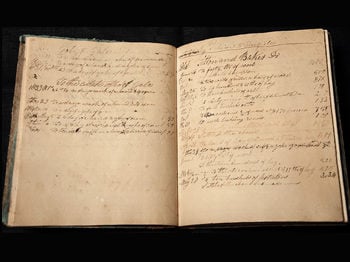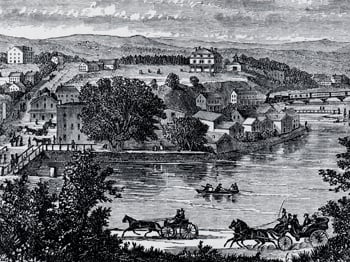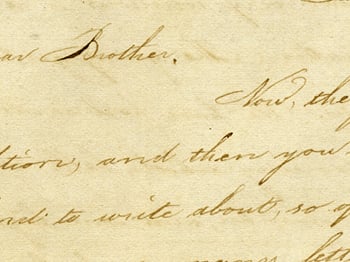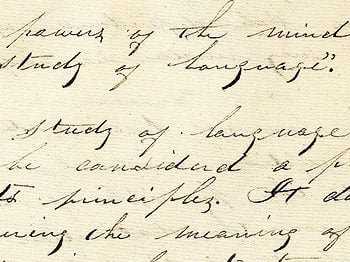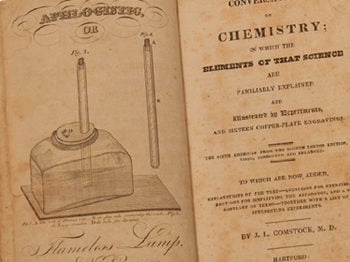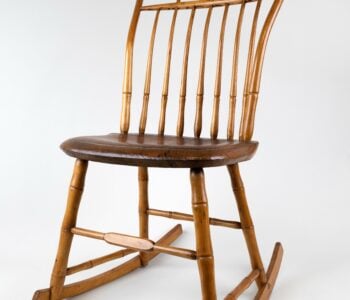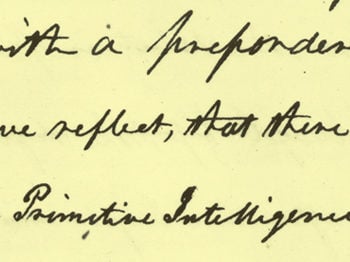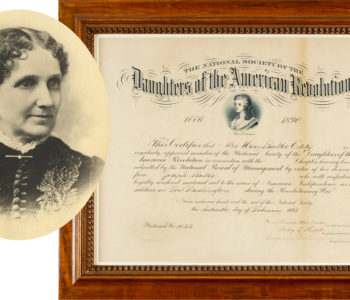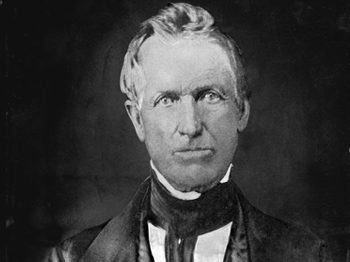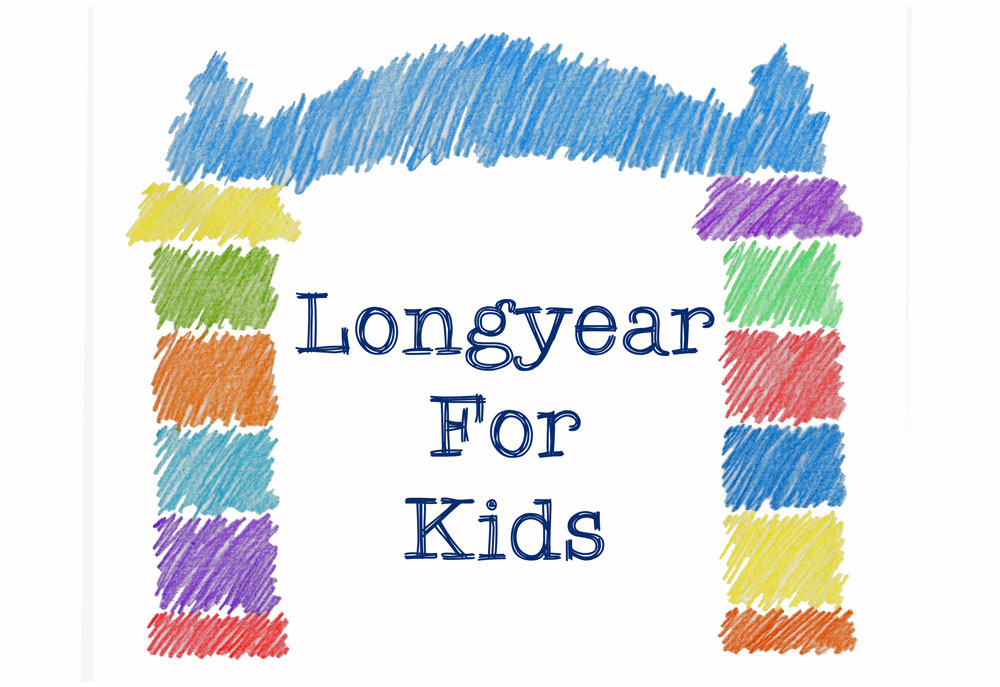 This article is part of our Longyear for Kids series, written with a younger audience in mind. See more articles in the series here.
This article is part of our Longyear for Kids series, written with a younger audience in mind. See more articles in the series here.
March is here — guess what that means?
It’s Maple Month!
In cold and snowy places across the United States and Canada, early spring is the time of year when sweet sap from maple trees is turned into syrup and sugar.
Did you know that when Mary Baker Eddy was growing up, her family tapped the trees on their New Hampshire farm to make syrup and sugar, too?
“We have the finest maple grove you ever saw,” Mary’s sister Martha boasted once in a letter to their brother George.1 And Mary later wrote a friend, “We are now busy at maple sugar business.”2 Each year, the Bakers collected the sap from their maple trees and used it to make what they called “molasses” — a common term in the 19th century for maple syrup (they boiled it down a little thicker than we do today). The Baker family also made maple sugar. LOTS of maple sugar — sixty to seventy pounds of it some years!3
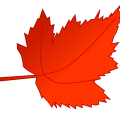 For families like the Bakers, maple sugaring wasn’t just something they did for fun, though. It was part of daily life. They were frugal New England farmers who grew their own food, raised their own sheep, spun their own wool, cut their own wood, and sewed their own clothes — among many other things.
For families like the Bakers, maple sugaring wasn’t just something they did for fun, though. It was part of daily life. They were frugal New England farmers who grew their own food, raised their own sheep, spun their own wool, cut their own wood, and sewed their own clothes — among many other things.
White store-bought sugar was expensive.4 The maple sugar Mary’s family made would have kept them well supplied with what they needed for cooking and sweetening until the next harvest. Like other farm families of their day, the Bakers were thrifty. And no one was thriftier than Mary’s mother Abigail, who taught her children never to waste anything — not even a kernel of corn!
Once, when Mary was little, she was shelling dried corn for chicken feed. A kernel fell at her feet, and she started to shove it into the fireplace with her foot. Her mother stopped her. “It’s only one grain!” Mary protested, but her mother reminded her that one piece was enough to help make a meal for a little chick.5
Thanks to her mother’s early training, Mary grew up to be thrifty, too. She didn’t like to waste anything, either. In fact, she would later tell her church that “God requires wisdom, economy, and brotherly love to characterize all the proceedings of the members….”6
From sap to syrup
With the arrival of spring’s warmer days and frosty nights, sap begins to rise in the trees. This is when Mary’s father and brothers would have gone out into their maple grove and used a tool called an auger to drill holes in the trees. Wooden spouts would be inserted into the holes, allowing the sap to drip into wooden troughs or buckets.
When the buckets were full, the maple sap would be poured into big iron kettles or cauldrons and boiled down over an open fire until it thickened into syrup. If it continued to boil, all the water would eventually evaporate, and the syrup would crystallize into sugar.
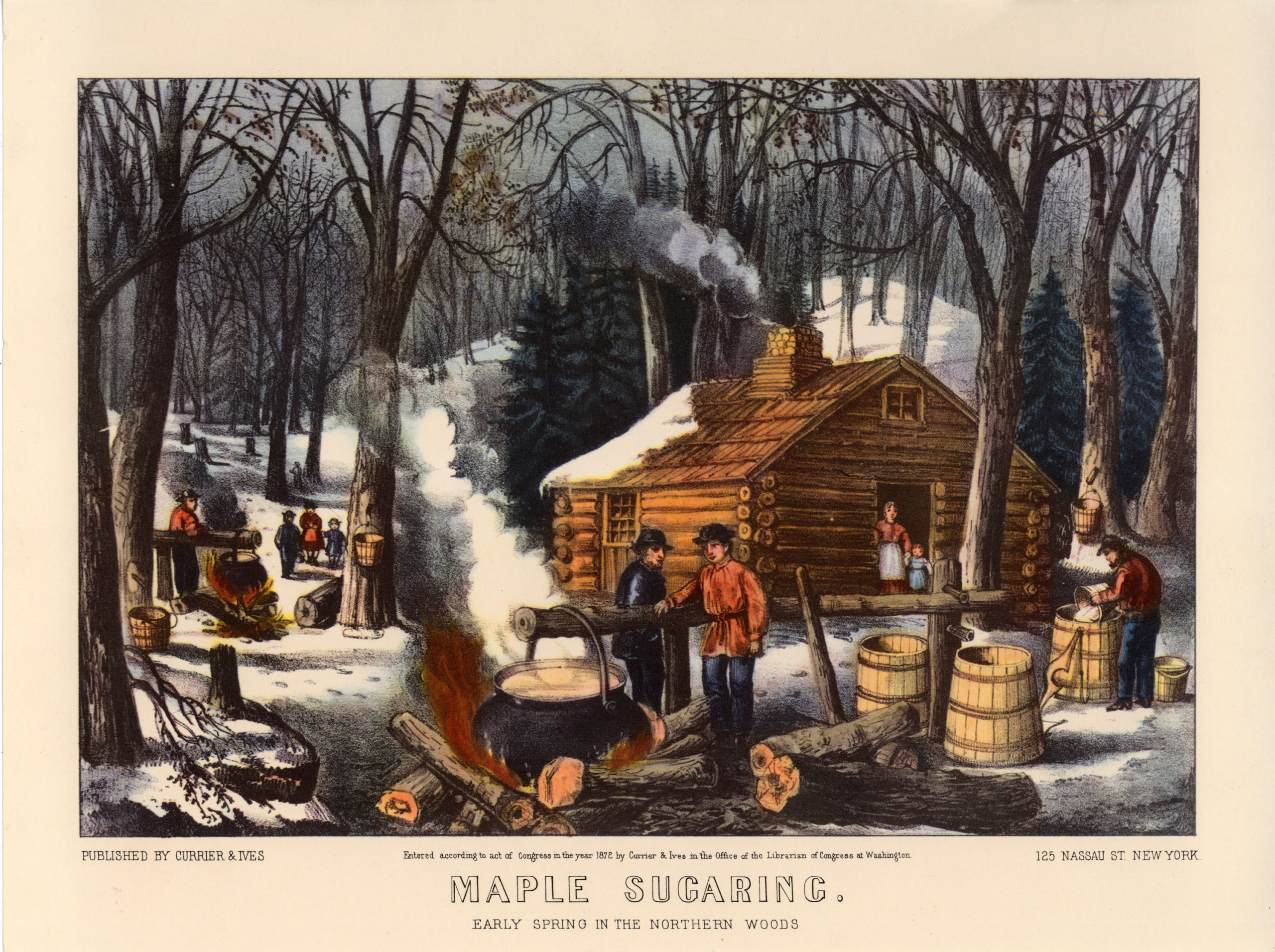
Maple sugaring was hard work, but it would have been fun for the Baker children, too. They were outdoors in the fresh air, for one thing, after a long winter cooped up inside. Plus, there were likely sleigh rides in the snow, and as a special treat, Abigail may have made sugar on snow for Mary and her brothers and sisters. This delicious candy is made by trickling hot, thickened syrup over clean, hard-packed snow. As it cools, you can eat it like taffy.
At the end of the maple harvest, the Bakers likely enjoyed traditional sugaring off parties. While children played with their neighbors and relatives, adults talked and visited, and often there would be music and special food — including maple sugar and syrup, of course!7
Many years later, one of Mary Baker Eddy’s students sent her a gift of maple sugar. Maybe it reminded Mrs. Eddy of those happy times when she was growing up — what she called “the golden days of childhood.”8 She wrote back, “Many thanks for your present — the sweet things of earth and the sweeter things of heaven, namely, maple sugar and a true friend.”9
Maple Month is celebrated in many areas of North America, including New England, Wisconsin, Michigan, Pennsylvania, and parts of Canada. Sugarhouses on numerous farms will be welcoming visitors with special events and hands-on demonstrations. Best of all, you can bring home some fresh maple syrup — one of those “sweet things of earth” that Mrs. Eddy spoke of, to pour on your pancakes and waffles!
 If you live in a warmer climate and can’t attend any Maple Month festivities — or if you’re just interested in how maple syrup was made during Mary Baker Eddy’s childhood — click here to see Sturbridge Village’s slideshow of 19th century maple sugaring.
If you live in a warmer climate and can’t attend any Maple Month festivities — or if you’re just interested in how maple syrup was made during Mary Baker Eddy’s childhood — click here to see Sturbridge Village’s slideshow of 19th century maple sugaring.
